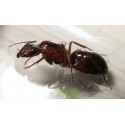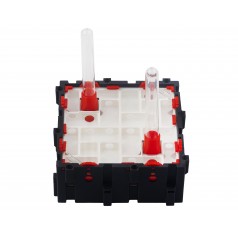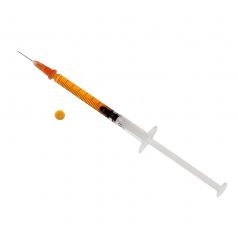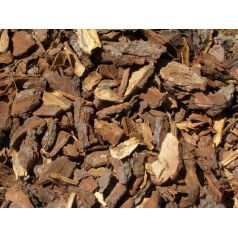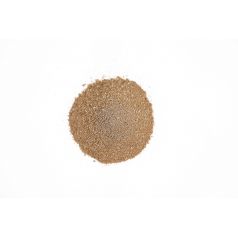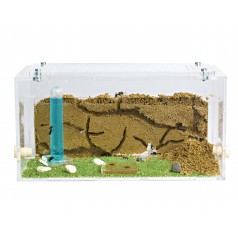Queen of Camponotus barbaricus (with eggs)
Queen arrives in a test tube with its first eggs. Once you have it at home, it is important to add a micro drop of water with sugar or honey, very diluted to prevent drowning...
Accesorios indispensables
It is essential to have prior knowledge before having ants. We particularly recommend the book Criar Hormigas de Raul Martinez. (click here)
Caution: We ship ONLY 1 COLONY or queen and ONLY 1 SPECIES per order or ant's nest, so you must choose correctly the one you want. We do not charge for the ants. They are FREE. You only have to pay for the shipping costs.
Difficulty of breeding: EASY
Instructions about the breeding of Queen of Camponotus barbaricus:
Queen arrives in a test tube with its first eggs. Once you have it at home, it is important to add a micro drop of water with sugar or honey, very diluted to prevent drowning. You can also use basic compounds, proteins or vitamins, in order to make easier the recovering from the trip and get a good set of eggs.
They need about 30 days to go from egg to ant. Everything depends on the temperature. You should try to keep it at 30°C.
Camponotus larvae spin cocoons and to make it they use other larvae, cocoons or eggs as a support platform for the larvae while they are making cocoons. They do not need sand for spinning, but we must be alert if larvae need it.
When the first workers (nurses) are born they are not quite complete ants, their development has been accelerated by the queen. They do not have the size of a normal worker. They are also more fragile to disease and they have a shorter life. It is a critical moment because the queen does not have strength to raise another generation of ants. If they die, the queen die too. Therefore, we must be extremely careful. We should not miss humidity or food, but we should not go too far with this last because leftovers can become rotten and fungus and diseases can arise.
Once the queen has her nurses and you see that they can not be fed inside the tube without risk of escape will be the right time to move them to a new ants nest. Nests with sand are recommended to make the galleries as needed. Due to the large size of this type of ants, they need quite wide galleries.
Size:
- Queen: 16-18 mm

